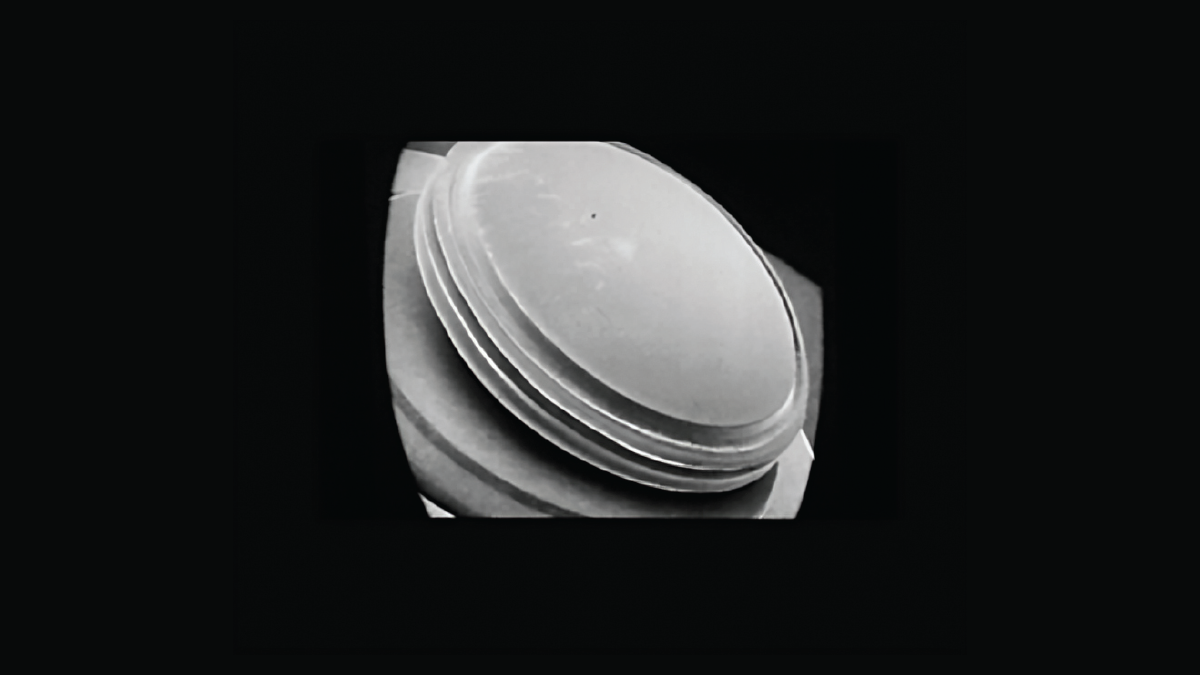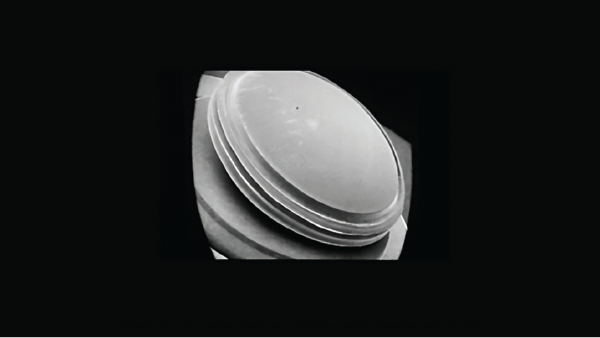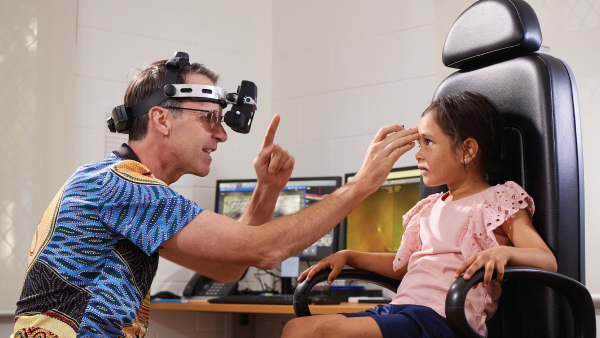Harold Ridley and the First Intraocular Lens
Throwing new light on the historic implantation of the first IOL in November 1949
British ophthalmologist Harold Ridley (1906-2001) pioneered a new era in ophthalmology when he implanted his first intraocular lens (IOL, Figure 1). The story is well known, but new research based on records of the period throws some new light on this historic event (1).
Ridley decided to pursue IOL development when Stephen Perry, a medical student, asked him about replacing the lens after cataract surgery in the fall of 1949 (1). Ridley decided to construct his lens from Transpex, which was a modification of the Perspex (plexiglass) material used to construct military aircraft canopies. Transpex had already found favor for military optical applications during World War II. The ophthalmic biocompatibility of plexiglass was known from laboratory work in rabbits in 1941. Moreover, it was well known among Air Force ophthalmologists that Perspex splinters were well tolerated in the eyes of injured aviators, and this fact had been published by Air Commodore Philip Clermont Livingston in 1948 (1).
Ridley performed an extracapsular cataract extraction on a 45-year-old woman on November 29, 1949, placing a Perspex lens in the patient’s eye. However, according to his resident, Peter Choyce, Ridley immediately removed the lens, because he lacked confidence that the lens had adequate stability (1). It had no haptics to provide stability; the lens also resulted in a myopic outcome of -21 diopters and the cetrimide sterilization could be associated with uveitis. Thus, the IOL required additional modifications before it could be accepted. On February 8, 1950, Ridley re-implanted the IOL in the same patient.
As we know, it would take another three decades of refinement, but the IOL would go on to achieve unparalleled optical outcomes after cataract surgery.
About the Authors
Christopher T. Leffler
Department of Ophthalmology, Virginia Commonwealth University and Richmond VA Medical Center, Richmond, Virginia, USA
Andrzej Grzybowski
Professor of ophthalmology at the University of Warmia and Mazury, Olsztyn, Poland, and the Head of Institute for Research in Ophthalmology at the Foundation for Ophthalmology Development, Poznan, Poland. He is EVER President, Treasurer of the European Academy of Ophthalmology, and a member of the Academia Europea. He is a member of the International AI in Ophthalmology Society (iaisoc.com/) and has written a book on the subject that can be found here: link.springer.com/book/10.1007/978-3-030-78601-4.
Stephen G. Schwartz
Professor of Clinical Ophthalmology, Bascom Palmer Eye Institute, University of Miami Miller School of Medicine, Naples, FL, USA
Reference
- CT Leffle, D Spalton, “Harold Ridley’s first intraocular lens implant,” in CT Leffler (ed.), A New History of Cataract Surgery, Part 2: From 1751 through the Modern Era, Wayenborgh: 2024.
The New Optometrist Newsletter
Permission Statement
By opting-in, you agree to receive email communications from The New Optometrist. You will stay up-to-date with optometry content, news, events and sponsors information.
You can view our privacy policy here
Most Popular
Sign up to The New Optometrist Updates
Permission Statement
By opting-in, you agree to receive email communications from The New Optometrist. You will stay up-to-date with optometry content, news, events and sponsors information.
You can view our privacy policy here
Sign up to The New Optometrist Updates
Permission Statement
By opting-in, you agree to receive email communications from The New Optometrist. You will stay up-to-date with optometry content, news, events and sponsors information.
You can view our privacy policy here







